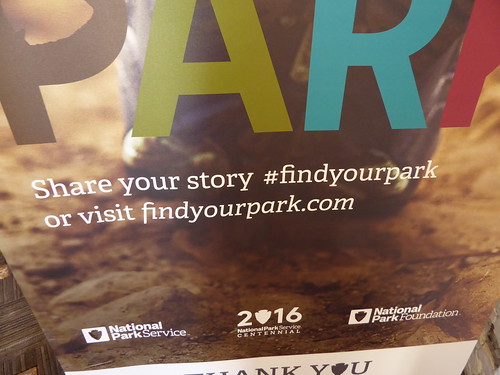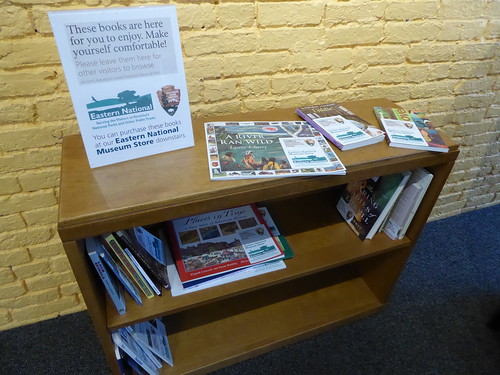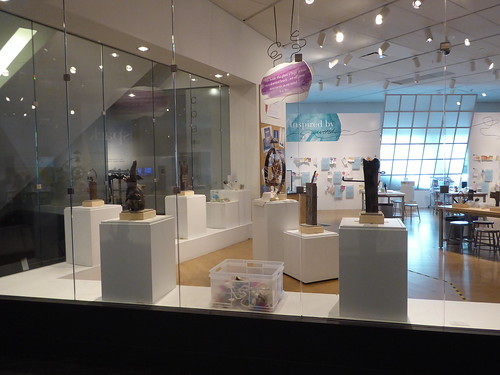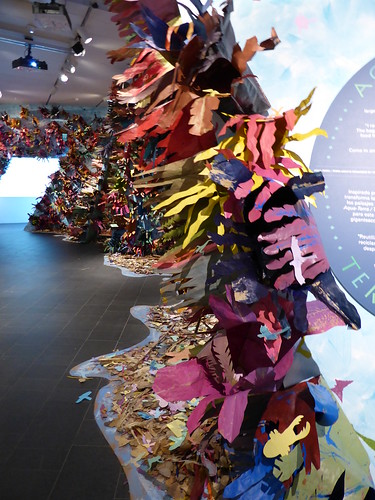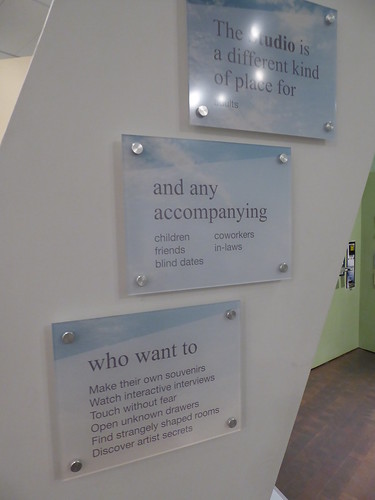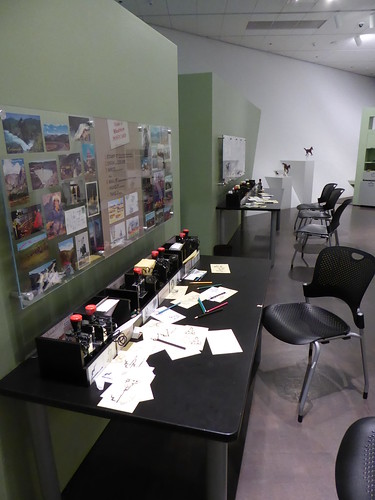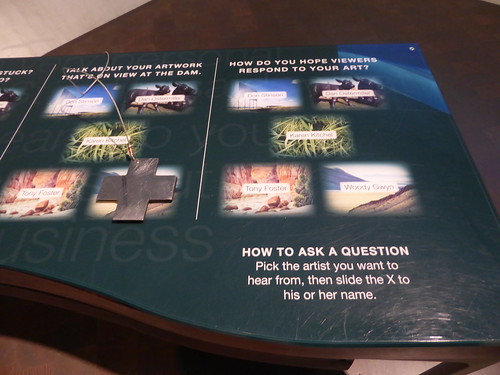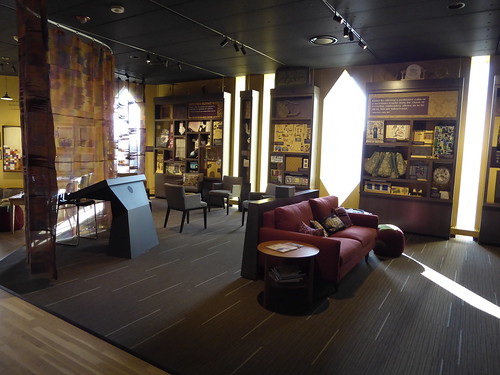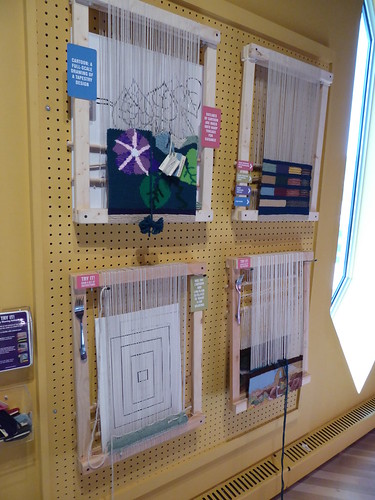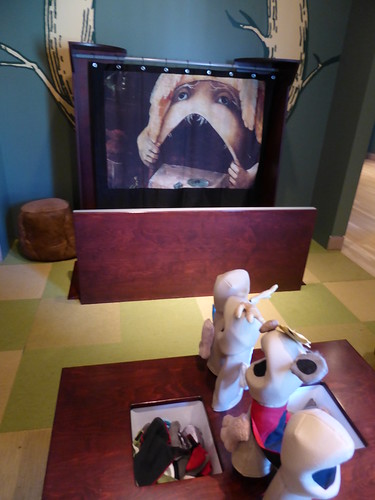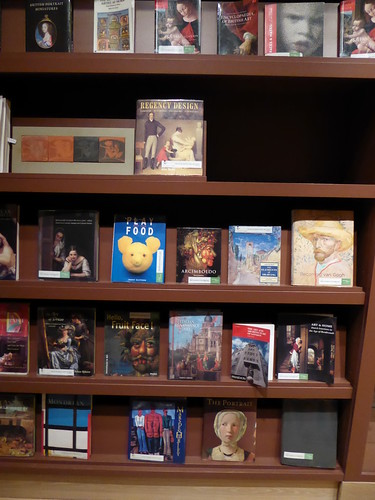 Oral History and Digital Humanities: Voice, Access, and Engagement by Douglas A. Boyd
Oral History and Digital Humanities: Voice, Access, and Engagement by Douglas A. BoydMy rating: 5 of 5 stars
I read this book after hearing a talk by Douglas A. Boyd. It is an interesting and detailed exploration of oral history. The chapters are written to show good examples of what is possible and in some instances to show what could have been done better (like not reducing the background sounds). Ideas such as Creative Commons licensing, are included.
The importance of long format oral history is discussed, and that the length of the interview and the detail recorded add value and provide much research potential. Oral history is not about snappy sound bites. The importance of oral history being online, and searchable (through the use of methods such as OHMS) is also covered. That oral history is listened to, is also highlighted. It sounds obvious, but when much access has been via transcript, sometimes that it is a spoken method can be forgotten. There is good coverage of the importance of access to the recordings so it is important for non-digital formats to be digitised, catalogued, indexed and made available for people to research and listen to for other reasons.
"I believe in the primacy of the recording for our professional practice, while fully understanding and acknowledging the role of text to facilitate discovery and access" and looking for "sustainable models to connect archival users to the online primary sources".
It is a book I will have to reread, and keep thinking about the ideas raised in it.
View all my reviews
